
 Flash News
Flash News
Yesterday's injury in Durrës, the 36-year-old was with two minors in the car when he was shot
AMP arrests two police officers in flagrante delicto and suspends another from duty
Bomb alert in a hotel in Tirana, what the police discovered
Video/ Bomb alarm in the parking lot of a hotel in Tirana, the police react
Shots fired in Durres, one injured
TENT network, Albania is stuck in the millions allocated for infrastructure
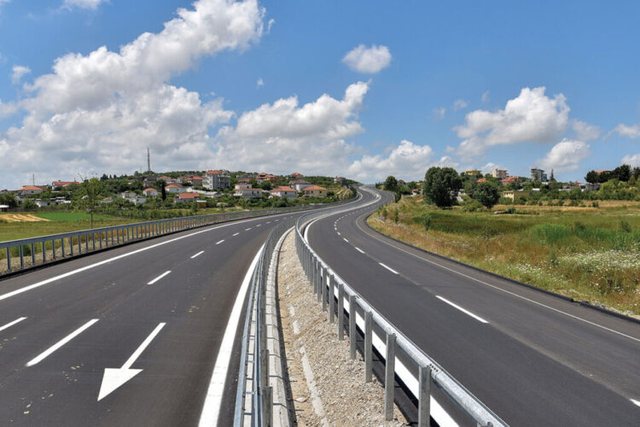
Albania, like Balkan countries in general, faces a large financial gap to meet TEN-T (transversal European infrastructure network) objectives.
On the one hand, the EU's growth plan has brought in significant funds (6 billion euros), but high costs and project over-invoicing remain serious challenges, according to an analysis by the Transport Community regarding the progress of TEN-T projects through 2024.
According to the report, 965 km of railways are currently under rehabilitation across the region, at a cost of over 3.6 billion euros. Road projects amount to 11.3 billion euros, with Albania benefiting a significant share in the core network.
The report recommends that Albania accelerate the full incorporation of EU standards in the rail and road sectors, improve maintenance practices instead of an excessive focus on large projects, increase coordination with regional partners, and implement the Transport Community Action Plan.
The transport community's analysis noted that the Durrës-Skopje Railway is an important part of the European core rail network, but the project is facing major gaps. The rehabilitation of this line is expected to be completed by 2040, but the pace of work and the lack of sufficient funds could significantly delay this objective.
Albania faces significant shortcomings in complying with the technical requirements of the TEN-T network, especially in the railway sector in their construction and electrification. Serbia and North Macedonia are ahead in implementing railway electrification projects.
Albania received praise for improving the Thumanë–Kashar segment, as part of the Mediterranean Corridor. This development has contributed to increasing the roads' compliance with the TEN-T standards of the region's core network.
However, the report highlighted the need for systematic annual assessments of road conditions, as the lack of regular monitoring can lead to deviations between reported data and the reality on the ground. Projects on key networks financed by the Growth Plan are facing delays, such as the Tirana bypass.
Tirana Airport meets some of the basic TEN-T standards for terminal infrastructure, but the lack of a direct rail connection is an obstacle to meeting the requirements of multimodal integration. The planned connection with the Durrës–Tirana line is seen as a promising development, but further investment is required to meet the EU’s green economy objectives.
Albania has made progress in improving its transport infrastructure, especially in the road network and through its involvement in strategic projects such as the Adriatic-Ionian Corridor. However, to meet the ambitious objectives of the new TEN-T Regulation by 2030 and 2040, a significant acceleration of reforms, investments and strategic coordination is required./MONITOR
Latest news


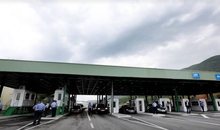
Wanted by German authorities, 22-year-old arrested at Morina border crossing
2025-05-31 14:39:44

Threat or protection? Rama's stances towards SPAK spark contradictions
2025-05-31 13:54:59


The poisoning of children in Gramsh, proof of the destruction of state control!
2025-05-31 12:59:40

Car full of contraband cigarette cartons, 48-year-old arrested in Kapshtica
2025-05-31 12:30:43


All the people (patronage) police
2025-05-31 11:59:12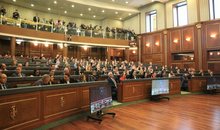
Dështon edhe seanca e 24-t, nuk ka konstituim të Kuvendit të Kosovës
2025-05-31 11:39:38



High flow of travelers at the Morina border crossing during the weekend
2025-05-31 10:20:31
Berisha will participate in the EPP Political Assembly in Brussels on June 3-4
2025-05-31 09:58:13

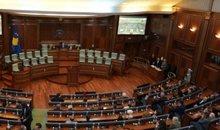
Today is the 24th attempt to constitute the Assembly in Kosovo
2025-05-31 08:58:30
Horoscope, discover the star forecast for your sign
2025-05-31 08:39:28
Weather forecast, how temperatures will vary throughout the day
2025-05-31 08:19:07
Morning Post/ In 2 lines: What mattered yesterday in Albania
2025-05-31 08:01:14



Bomb alert in a hotel in Tirana, what the police discovered
2025-05-30 22:05:17
The myth of 'eight hours of sleep' is debunked, here's what you need to consider
2025-05-30 22:01:55

For 7 million Lek maintenance pension, the bailiff seizes his house
2025-05-30 21:42:00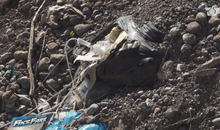



Video/ Bomb alarm in the parking lot of a hotel in Tirana, the police react
2025-05-30 20:59:35
Shots fired in Durres, one injured
2025-05-30 20:50:12
Bomb alert in the parking lot of a hotel in Tirana!
2025-05-30 20:25:46
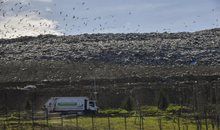


"You know who buys votes", DP official publishes video: A witness ready for SPAK
2025-05-30 19:35:50

Kurti meets with members of the US Congressional staff
2025-05-30 18:59:14
The car is engulfed in flames on the Tirana-Durrës highway, what is suspected
2025-05-30 18:44:32
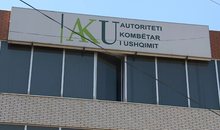


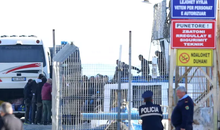


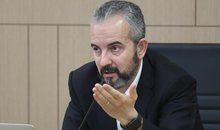
May 11/ "Bulgarian train" in Peqin, Celibashi responds to the DP
2025-05-30 16:39:25
He injured his compatriot in Podgorica, the young Albanian is arrested
2025-05-30 16:30:58
May 11th Elections, Mediu: The Electoral System Was Unacceptable
2025-05-30 16:15:04
Accident in Italy, two young Albanians lose their lives
2025-05-30 16:01:05
Get ready for the beach, high temperatures are expected on weekends
2025-05-30 15:49:07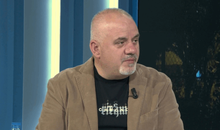
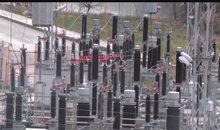
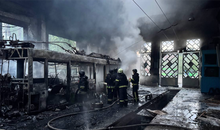
Putin ignores Trump's warnings/Russia attacks Ukraine again with drones
2025-05-30 15:10:53

Macron: France may toughen stance on Israel if Gaza aid blockade continues
2025-05-30 14:41:14
Topalli ironizes the result in Fier: Albania in the 'club of autocrats'
2025-05-30 14:29:19
Bebe Rexha tops Billboard's list of the most streamed songs of the century
2025-05-30 14:14:52
40-year-old man injured in a chrome mine in Bulqiza
2025-05-30 13:59:30
KAS reviews DP's request for the invalidity of the elections in Dibër District
2025-05-30 13:48:08
Applications open for the "Teachers for Albania" 2025 program
2025-05-30 13:30:59
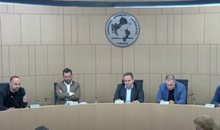
DP demands repeat elections for Kukës, KAS postpones review of appeal
2025-05-30 13:04:58

DP candidates demand recount/ Berisha: We are not blocking anyone
2025-05-30 12:41:08
Accused by Russia of supplying weapons to Ukraine, Serbia warns of investigation
2025-05-30 12:33:13

Official/ Massimiliano Allegri is the new coach of Milan
2025-05-30 12:18:45

Former CIA chief reveals the European country Putin will attack next
2025-05-30 12:01:06
"We are a hybrid dictatorship", Goxhaj: PS is a cover for crime and power
2025-05-30 12:00:51
The hearing in the Special Court for the "Metamorphosis" file is postponed again
2025-05-30 11:39:05
Haxhiu: Albania facing a demographic catastrophe
2025-05-30 11:33:39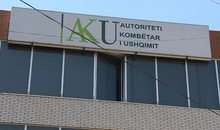
Child poisoning in Gramsh, AKU: Caused by eggs contaminated with salmonella
2025-05-30 11:19:54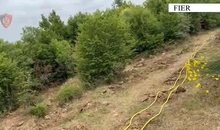
1000 cannabis seedlings in Libofshë, Fier, cultivator arrested
2025-05-30 11:10:12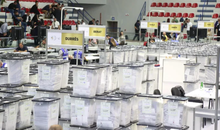
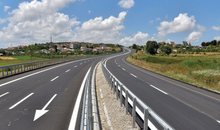
TENT network, Albania is stuck in the millions allocated for infrastructure
2025-05-30 10:42:42
Vučić accuses the West of "being silent about the events in Kosovo"
2025-05-30 10:32:37
Five early signs that indicate you suffer from high blood pressure
2025-05-30 10:21:42
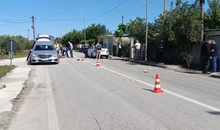
Young man fatally crashes into elderly man with car in Divjaka
2025-05-30 09:58:19

Germans save a lot, but why?
2025-05-30 09:30:13
What are the two most downloaded applications by Albanians during May 2025?
2025-05-30 09:18:28

Foreign exchange, May 30, 2025
2025-05-30 08:58:00
Si ta dalloni një narcisist që në takimin e parë edhe pa shkëmbyer asnjë fjalë?
2025-05-30 08:48:04
Ilir Alimehmeti appeals to the KAS the results of the elections in Tirana
2025-05-30 08:38:15

Horoscope, star forecast for today
2025-05-30 08:08:45
Sunny and partly cloudy, temperatures reaching up to 29 degrees during the day
2025-05-30 07:56:04
Morning Post/ In 2 lines: What mattered yesterday in Albania
2025-05-30 07:45:56
How will we escape the regime? Lubonja: Berisha is no longer to blame
2025-05-29 22:57:17
